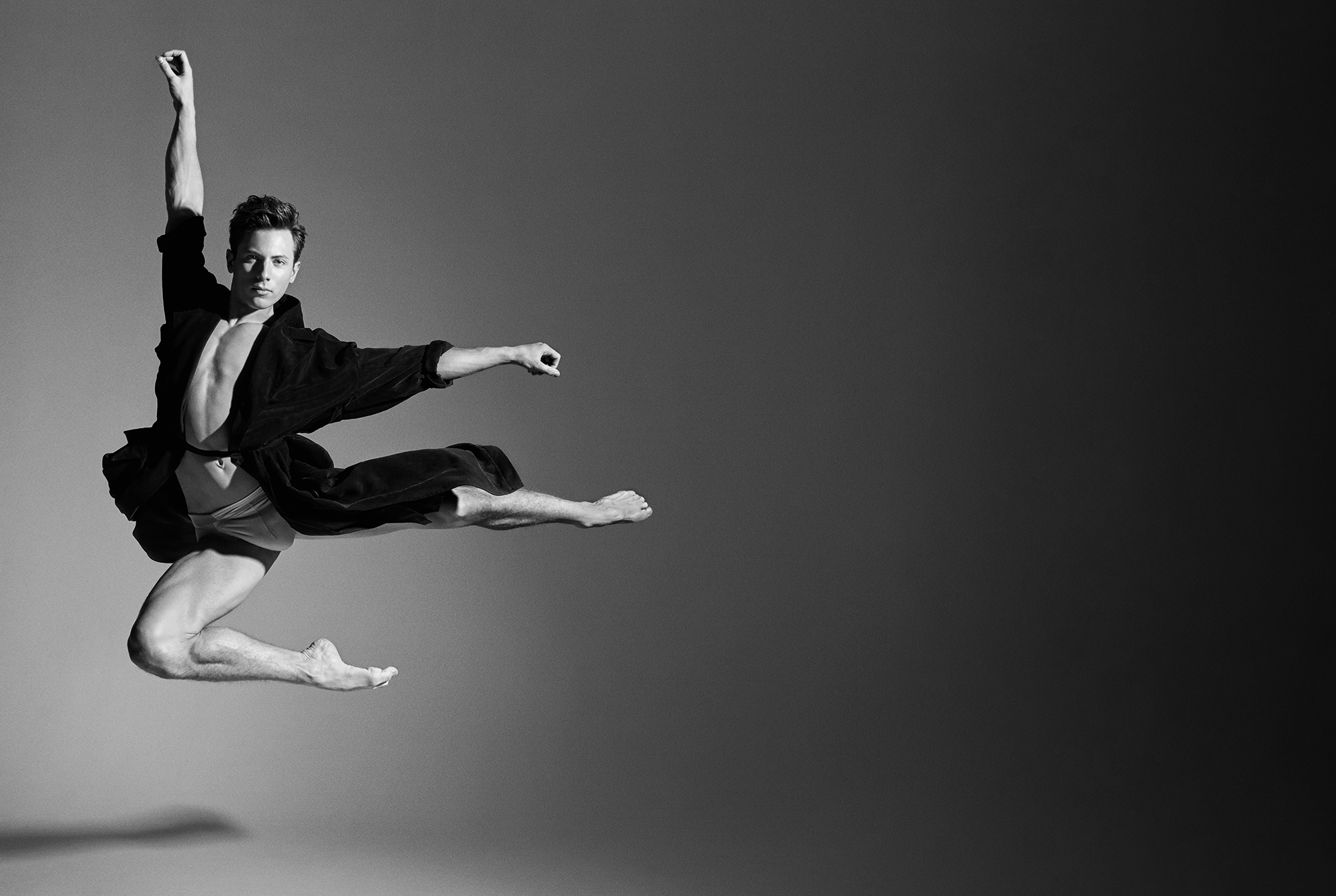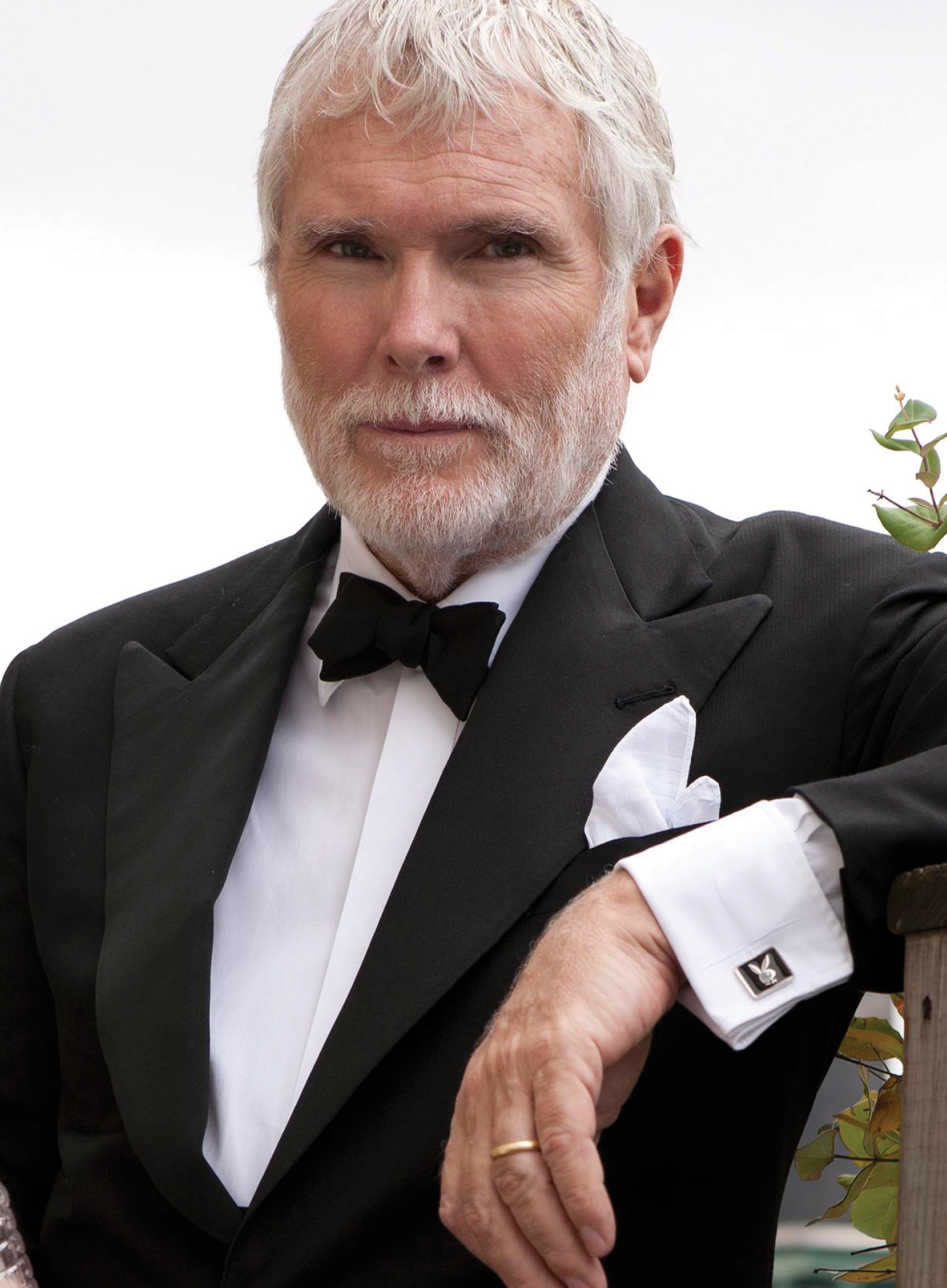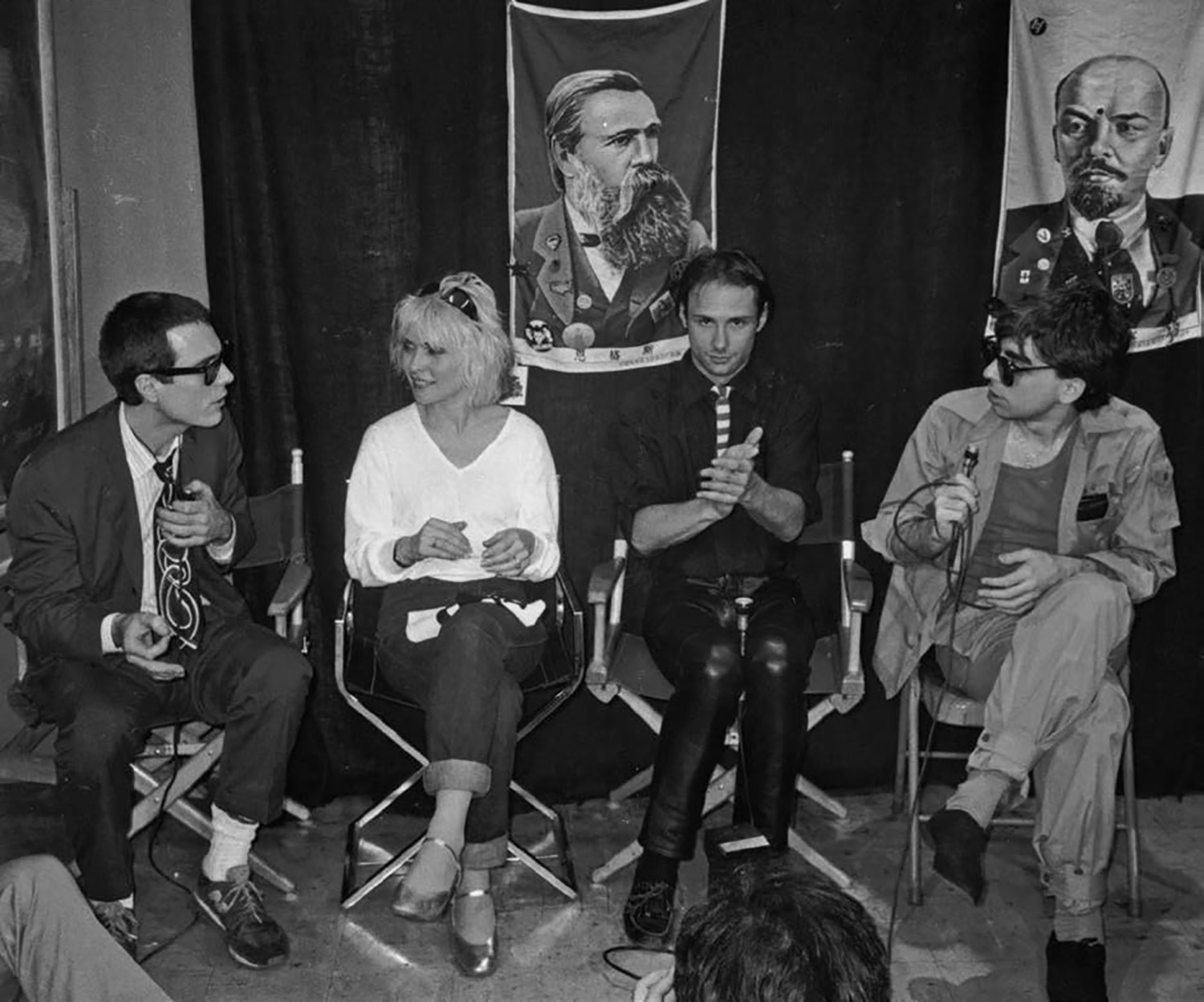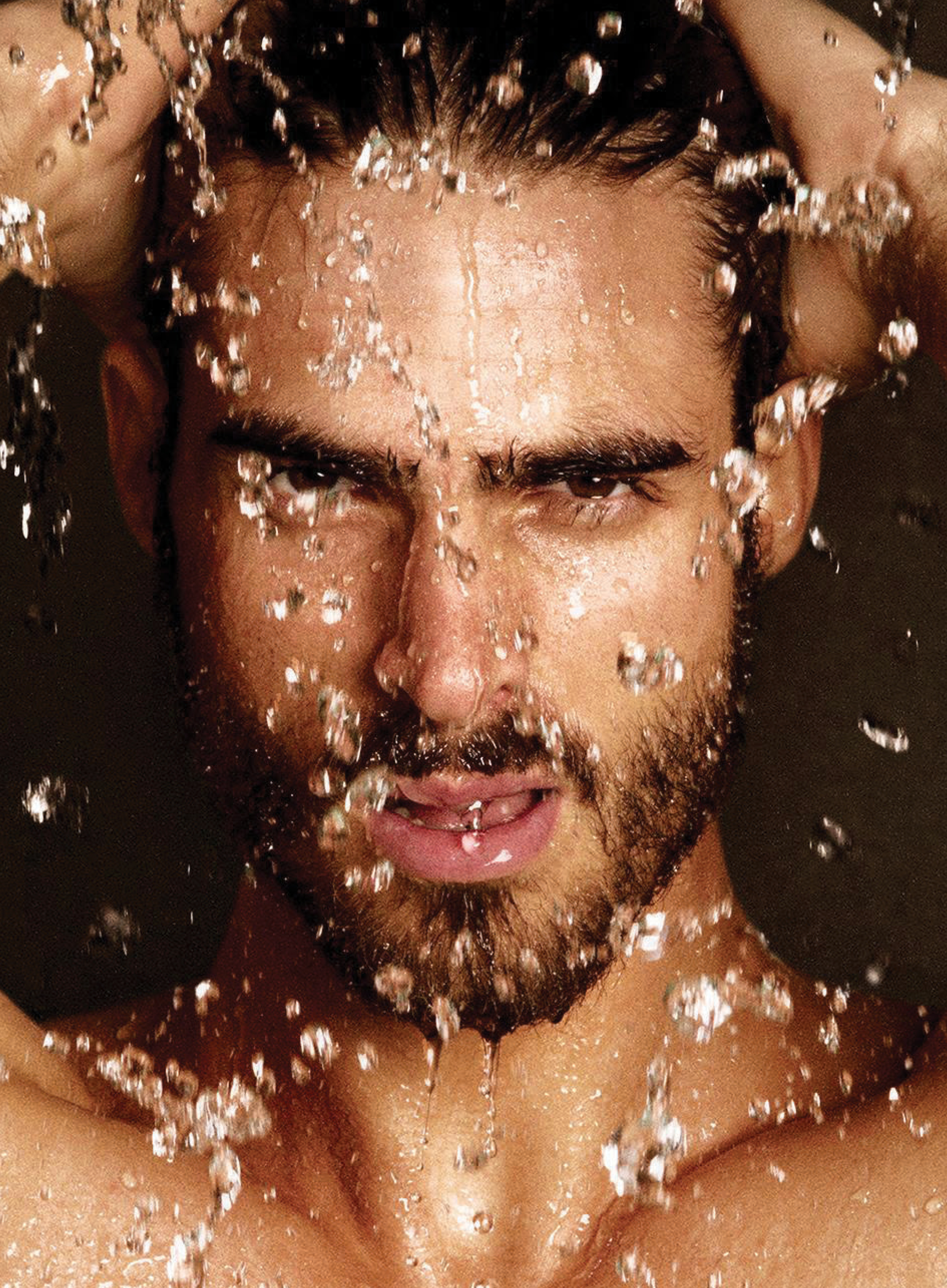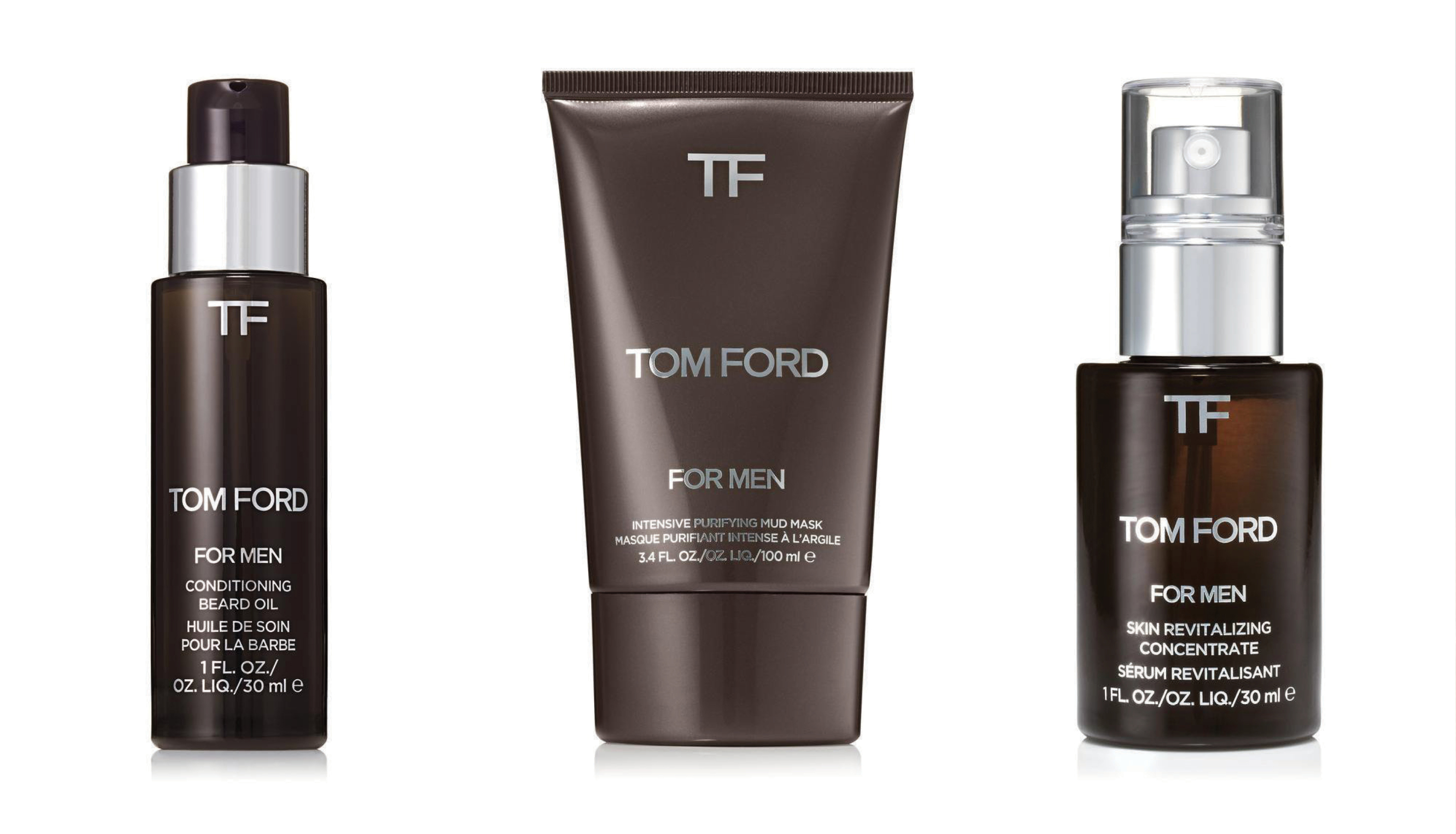EMERGING: RHYS KOSAKOWSKI
Interview by Dustin Mansyur | Photography by Johnny Vicari | Styling by Marc Sifuentes | Grooming by Melisande Page

Since joining the Houston Ballet, Rhys Kosakowski has used a lifetime opportunity to help attract a fresh young audience to the dance arts. We got a chance to see just why the artist has also become a muse to many.
A quick Google search for “Rhys Kosakowski” brings up a plethora of artistic images of the dancer who has developed a strong following across multiple social media platforms. By collaborating with many emerging photographers around the world, Rhys has successfully infused a fashion-forward and youthful approach into his work. Though Rhys may appear boyish, he has been dancing since the age of six and his talent is evidence of years of training and dedication to his art. With an effervescent demeanor and playful charm, it is easy to see why the artist himself has also become a muse to others.
You’ve been dancing almost your entire life, when did you know you wanted to become a dancer?
As soon as my mother put me in a small tap group back in my hometown called “Tap Puppies” when I was six, I was hooked with the idea of movement and performance.
Any favorite places or experiences that have helped shape your career trajectory?
I think definitely performing at the the Switzerland Prix De Lausanne ballet completion in 2013, which is an international ballet competition for pre-professional dancers to compete against each other for a prize/scholarship to a leading school or company anywhere around the world. It also allows the dancers to work with professional ballet directors for exposure and job offers. It was definitely a big part of my dance career.
You’ve been very savvy and successful in using social media to attract a much younger and diverse audience of people to ballet, How important do you view your various social media platforms in regards to feeling artistically fulfilled ?
In this day and age, social media is so big because it helps express so many qualities about a person if you use it right. I love social media because I can show people my art and other versions of dance. It also opens a lot of doors in the dance/photography/arts world, and I love that.
What if any importance, do you attribute to your collaborations with photographers in building your presence on social media?
It has definitely gained me more followers and views. It’s also great to collaborate with these amazing photographers because you meet so many talented people in the process. And meeting more people means more opportunities. I definitely love collaborations and will hopefully continue doing so.
What is the importance of social media in shaping people’s perspective or ideas about ballet today ?
I think it shatters a lot of people’s stereotypes, now I’m no macho man but a lot of other successful male ballet dancers that have Instagram and Facebook are. I think it’s also good to just show a perspective of being yourself and not to let anyone drag you down. I think that’s what I’m kind of trying to express through my social media.
I know that you truly view dancing as your art, and that it brings you great fulfillment and satisfaction, I’m curious to know, How would you describe your artistic approach to ballet?
I always try and put my own twist and individuality on the art I create whether it’s a photo or a new piece of work we are doing at the ballet. It’s interesting if you’re different from everyone else.
Due to the extremely physical nature of ballet, it’s absolutely necessary for you to maintain fitness in order to create your art,how many hours a day do you train typically?
We train and rehearse Tuesday to Saturday 10am – 7pm. And when we have performances we also work Sundays.
Do you have any daily practices that help keep you centered or grounded?
Probably just having some me time, like grabbing a coffee or relaxing in my sun room.
Do you ever find yourself infusing other influences outside of ballet into your work?
Not necessarily but I do find influences from other dancers everyday at work. That’s what’s great about working in a ballet company, you are surrounded by people with the same drive and dream as you.
What inspires you artistically?
I’m not sure really, I think just the fact that I love dancing and that you can always learn more and more. You never are a perfect dancer because there is always room for improvement.
Who is your biggest inspiration in life and why?
The only person I can think of right now is Roberto Bolle. He is doing, and has done all the things I would love to do. And the way he has done it, is everything I would want.
You moved to Houston about 4 years ago [when you joined the company], how did you come to be a part of the Houston Ballet?
It was about a year after I finished a 3 year tour with ‘Billy Elliot the Musical’ in Australia, and my grandma told me there were Houston Ballet auditions. I never thought I would be hired, but I went to try out and ended up getting a scholarship.
Is there anything from back home you can’t live without?
Yes! The beaches from back home in Australia. I wish my mom could bottle that up and send it over but she can’t!
As an artist who has collaborated with many photographers, what does it feel like to slowly amass a large and beautiful collection of images that document your art?
It feels incredible to me, it’s always stuck with me that pictures are a thousand words, and are a memory forever. I will easily forget later on in life a lot of the amazing things that have happened traveling and collaborating with these talented photographers. It’s exciting to know that I have a whole bunch of photographs tucked away or on the internet that aren’t just an image but a lot more.
Any dream collaborations (photographic or otherwise) that you would love to do?
I think my dream would be, to be on the cover of Vogue magazine, and a spread showcasing and telling people of my ballet qualities. That would be life-changing!
Any advice for young people who are interested in a career in the arts?
Just be yourself and be an individual if that’s what you want. Don’t let people tell you it’s wrong to be different. And always keep pushing because there are always rewards for your efforts in the dance world.
